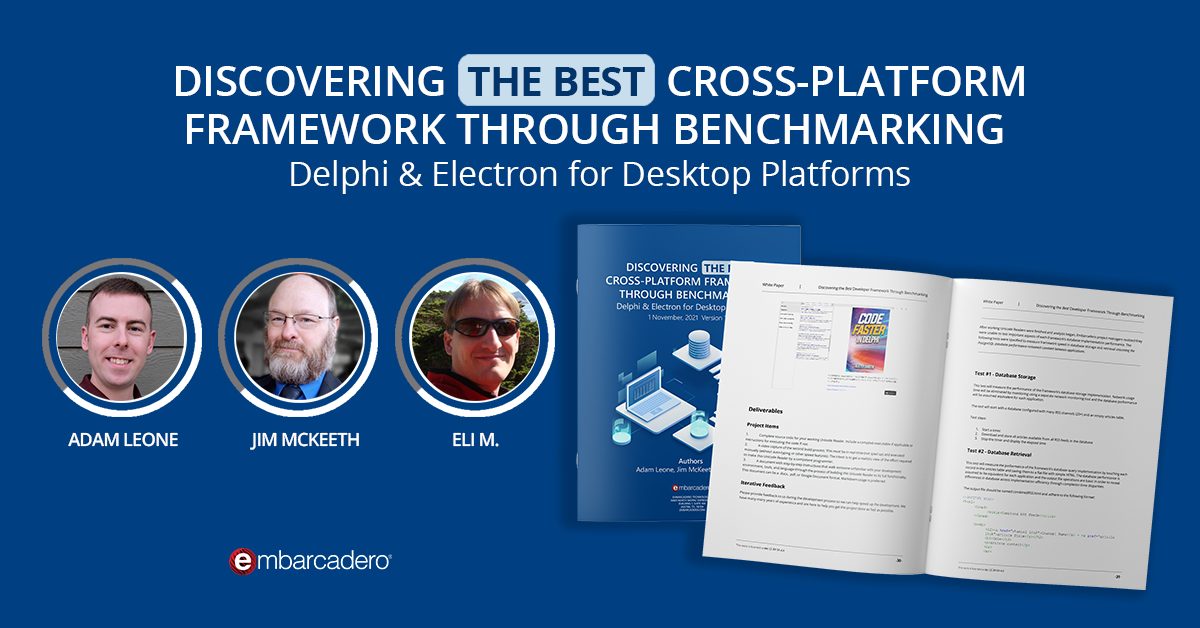
Author: Craig Stuntz
As you’re probably aware, an Entity Framework model is stored in a single XML file, with the extension EDMX. Developers occasionally ask if this means that two people cannot work on the entity model concurrently. My answer to this is, “It depends.” But I can give you some tips to make it easier.
Obviously, if you use a source control tool which locks files on check out, then working concurrently on just about anything will be impossible. So I’m going to presume that your source control tool supports working concurrently, without locks, and has a decent merge tool to handle conflicts at check-in.
We tend to think of the EDMX files as having three sections:
- CSDL, which describes the client schema. This will be used when generating code for your entity classes.
- SSDL, which describes the storage schema, more commonly known as your database metadata.
- MSL, which describes the relationship between the first two.
In reality, however, the EDMX file has two main sections. The first, edmx:Runtime, contains the three sub-sections described above. The second, edmx:Designer, contains a couple of important properties, such as MetadataArtifactProcessing, plus a lot of information about the position of objects on the GUI designer, in a sub-node called edmx:Diagrams. The illustration below should make this clear:
Why is this important? My experience is that any decent merge tool doesn’t tend to have any problem merging what we typically think of as the “EDMX”, namely the CSDL, SSDL, and MSL. It is well-formed XML with descriptive tags; it’s the sort of thing that text merge tools tend to do very well with. There are a couple of tips worth knowing, but before I describe them, I’d like to focus on the more common issue with EDMX merges.
In my experience, if two people change the layout of entities in the designer and then attempt to merge, the merge will probably fail. Moreover, you will find it difficult to impossible to fix this up manually, something which is generally fairly easy with merges of source code or other parts of the EDMX. When you look at what is in the edmx:Diagrams node, you will quickly understand why:
I strongly suspect that this “feature” is not specific to the Entity Framework designer, but rather is shared amongst all of Visual Studio’s various diagramming tools. At any rate, I think you will have a difficult time merging XML like this, so I have two recommendations regarding merging and EDMX files:
- If you are going to have two or more developers work on an EDMX file concurrently, then don’t change anything in the designer. If two or more people do this, it almost guarantees a conflict on check-in.
- The other side of the coin is that if you must change something in the designer, then you should give a heads-up to other developers, and exclusively lock the EDMX file while you work.
That said, we don’t generally use the GUI designer at all. It is too unwieldy to have more than a dozen or so types on a single design surface. On the other hand, the tree-style Model Browser is quite useful. I suggest using the Model Browser instead of the GUI designer to navigate your entity model.
Perhaps a future version of the Entity Framework designer will allow for multiple diagrams within a single entity model, somewhat like SQL Server diagrams. If each diagram had its own node in the XML, you might even be able to merge them.
If you steer clear of issues with the designer, then you will typically find that EDMX changes can be automatically merged by any decent merge tool (unless, of course, they actually conflict). In the unlikely event, however, that your merge tool reports a conflict, and you don’t think it’s an actual conflict between your changes and those made by the other developer, it does help to understand how the “Update Model from Database” wizard updates existing EDMX:
- The wizard will generate new SSDL from scratch. It will then go through the newly generated SSDL, and replace each matching node in the existing SSDL with the newly generated version. There are a few SSDL features which are not supported by the designer/wizard, such as will, and these will be left alone, if they exist in your model.
- Any new entities or new properties of existing entities will have corresponding nodes added to the CSDL and MSL. But existing entities and properties will not have their CSDL and MSL updated, because the wizard presumes that you want to keep any changes you may have made to them.
Therefore, when multiple developers are updating an EDMX file concurrently, they should use the same database. This will tend to make SSDL changes merge without conflict, and allows you to simply overwrite any false conflicts (merge tool failures) in the SSDL, because you can be confident that it was generated from the same object in the same database. But if you’ve manually customized your SSDL (i.e., edited the SSDL section of the EDMX as text), then you should keep an eye on your changes, to make sure that the wizard does not overwrite them. Most people never do this, though.
On the other hand, changes to the CSDL and MSL must be reviewed carefully in the unlikely event that there are conflicts in the merge, because you, or the other developer, may have made customizations to the mapping or entity types which you want to keep.
Finally, it is worth mentioning that the Entity Framework version 4 supports “code only” models which do not use EDMX files at all. If you prefer designing your entity model via source code, you can choose this option.
Design. Code. Compile. Deploy.
Start Free Trial Upgrade Today
Free Delphi Community Edition Free C++Builder Community Edition






